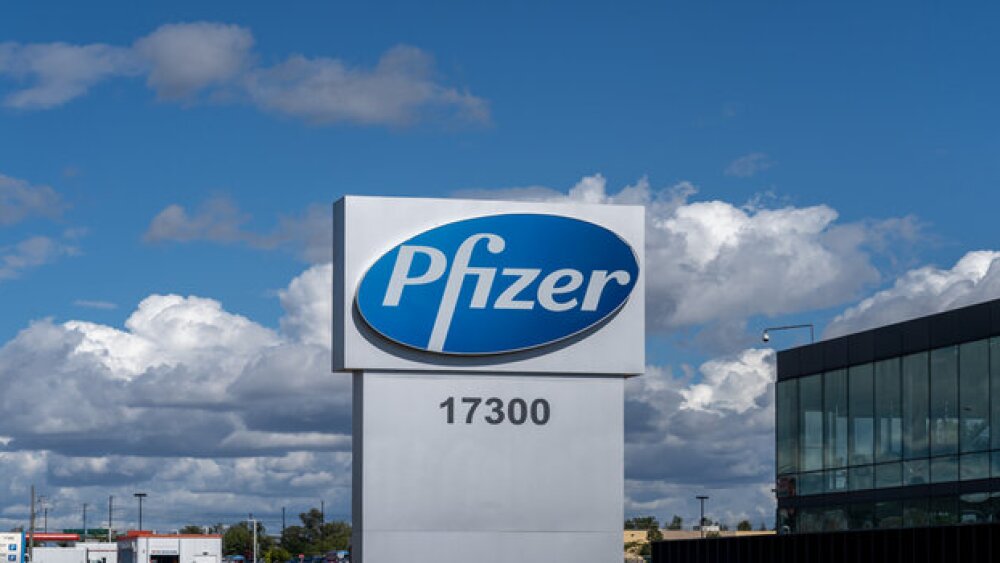The project, through feature articles, essays and comprehensive infographics, paints a compelling, yet realistic portrait of the challenges, opportunities, risks and rewards in the ever-evolving field of health, and examines the factors both impeding and fostering innovation. As we enter the second decade of a decoded, accessible Human Genome, and as progress in therapeutics becomes more data and systems-driven, the discovery process, the business models, the delivery mechanisms and the economics are all starting to change.
“The mission of Pathways is to make sense of it all,” observes Jeremy Abbate, Director of Global Media for Scientific American, and the Publishing Director of the project, “We are presenting health from the viewpoint of every stakeholder -- reseachers, patients, providers, regulatory bodies, small and large companies, and others -- and trying to understand what the landscape will look like in five years, in twenty-five years.”
While recent achievements in diagnostics and data mining have tantalized researchers and the public in this modern genomic era, the robust pipeline and personalized therapies once hoped for have not yet been realized. Additionally, the excitement over new, early screening tests for diseases such as Alzheimers and cancer stand in stark contrast to the realities of near-term cures. Bruce Brandfon, VP and Publisher of Scientific American declares that Pathways is about “building the scientific ‘bridge’ from technology and data to real innovative solutions, finding ways to address gaps in knowledge and exploring the new business realities of increasing the value of research and health outcomes.” He adds, “we hope this authoritative volume will spark more dialogue, more discussion, and help move the total health enterprise forward. We don’t claim to have all of the answers here; but we are quite excited to be presenting the most provocative questions.”
Dennis Gillings, CBE, Chairman and CEO of Quintiles, says in his introduction to the issue that “while this is a time of immense change, the opportunity is enormous for those who can navigate it successfully”. He believes that this “vigorous discussion will yield insight” and spark a healthy debate on the future of health.
Among the interesting topics covered in Pathways are: the changing role of the patient in the total health equation and the ways in which decentralized information is affecting their expectations and demands; the dearth of pipeline products among international pharmaceutical companies against a backdrop of increased research and development spending; the dynamics of emerging markets and their rising demand for therapies in chronic disease; the value of drugs and biotechnology solutions within the context of global economic realities.
Expert authors include John Rennie, G. Steven Burrill, Marc J. Roberts, Peter Honig, James Heywood, Bernard Munos, Peter Ho and many others. Compelling infographics round out this robust examination, illustrating data sets on the costs of developing drugs, the major shifts in global demographics and patient needs, the explosions of data that must be mined for future therapeutic development, and the health spending of a wide variety of nations.
The interactive companion website, www.sa-pathways.com, will be updated periodically to provide further insight into the ever-expanding topic of health solutions and serve as a dynamic discussion forum for the multitude of stakeholders. Pathways in print will be distributed to a controlled circulation list comprised of opinion leaders in health, research, policymaking, finance, drug development and reimbursement.
For more information on Scientific American Pathways, please visit www.sa-pathways.com.
For more information on Quintiles, please visit: www.quintiles.com.
For more information on Scientific American, please visit: www.scientificamerican.com
About Scientific American Scientific American (www.scientificamerican.com) is at the heart of Nature Publishing Group’s newly-formed consumer media division, meeting the needs of the general public. Founded in 1845, Scientific American is the oldest continuously published magazine in the US and the leading authoritative publication for science in the general media. Together with scientificamerican.com and 15 local language editions around the world it reaches over 3 million consumers and scientists. Other titles include Scientific American Mind and Spektrum der Wissenschaft in Germany. For more information, please visit www.scientificamerican.com
Nature Publishing Group (NPG) is a publisher of high impact scientific and medical information in print and online. NPG publishes journals, magazines, online databases and services across the life, physical, chemical and applied sciences and clinical medicine. Throughout all its businesses NPG is dedicated to serving the scientific and medical communities and the wider scientifically interested general public. Part of Macmillan Publishers Limited, NPG is a global company with principal offices in London, New York and Tokyo, and offices in cities worldwide including Boston, Buenos Aires, Cairo, Delhi, Mumbai, Hong Kong, Madrid, Barcelona, Munich, Heidelberg, Basingstoke, Melbourne, Paris, San Francisco, Seoul and Washington DC. For more information, please go to www.nature.com.
About Quintiles Quintiles is the only fully integrated biopharmaceutical services company offering clinical, commercial, consulting and capital solutions worldwide. The Quintiles network of more than 20,000 engaged professionals in 60 countries works with an unwavering commitment to patients, safety and ethics. Quintiles helps bio-pharmaceutical companies navigate risk and seize opportunities in an environment where change is constant. For more information, please visit www.quintiles.com.
Rachel Scheer
Corporate Public Relations Nature Publishing Group 75 Varick Street, 9th Floor New York NY 10013-1917
USA
T: +1 212 451 8569
F: +1 212 696 9006
E: r.scheer@us.nature.com
www.nature.com Visit the NPG press room: www.nature.com/npg_/press_room/




